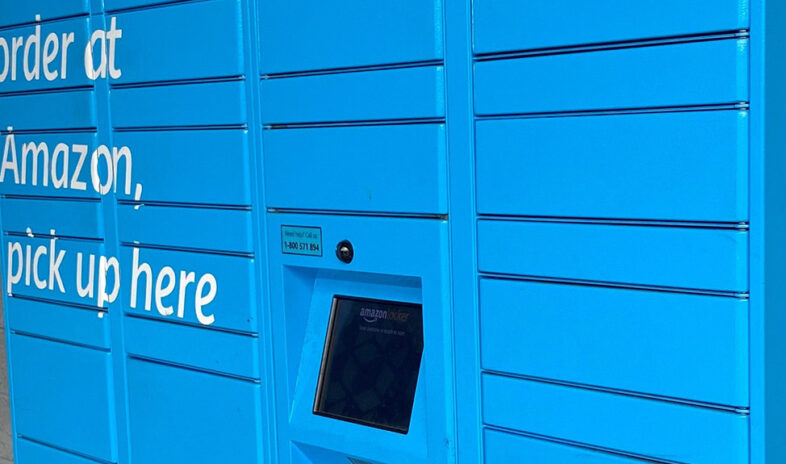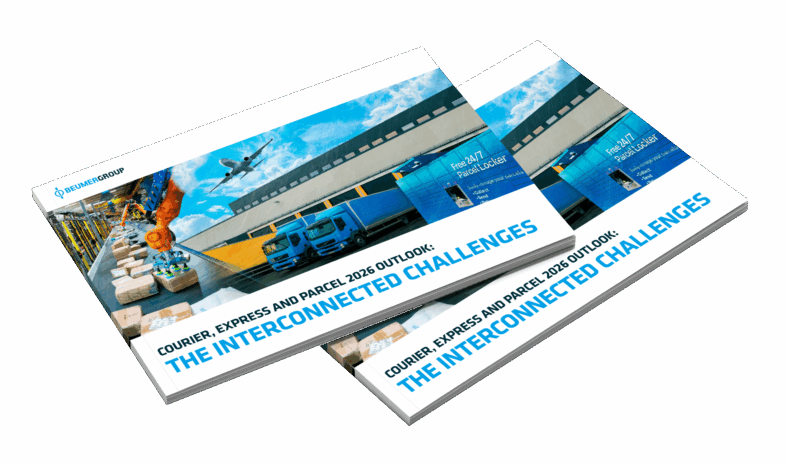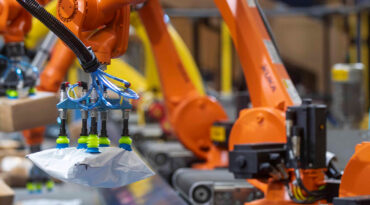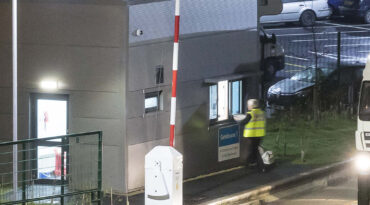CEP operators are doing everything possible to optimise their supply chain to alleviate environmental, social, and governance (ESG) concerns.
Instead of simply lowering emissions from transportation and vehicles, many operators are exploring new ways to make their operations more sustainable. For example, an increasing number of CEP companies are turning their attention to a part of the business sometimes overlooked in the context of ESG: their building operations.
Zero emissions by 2040
In recent years, the CEP industry has seen an increased focus on ESG matters and a growing willingness to invest in more ESG-friendly technologies.
An increasing number of CEP operators have also started exploring another potentially effective strategy for lowering emissions: green building operations.
What are green building operations?
Let’s take a look at some of the building’s ESG features:
- 684 panels that generate around 25 percent of the building’s total energy needs
- Partly built using recycled materials including steel and flooring
- A building management system to monitor conditions and secure high-efficiency in heating, ventilation and air conditioning systems
- Three EV charging stations
- Rainwater retention system to feed irrigation
DHL eCommerce is far from the only CEP operator to walk the walk when investing in green building operations.
Another fascinating case study is the French postal service La Poste Group, which is investing a whopping €400 million to reduce its energy consumption and limit the carbon output of its buildings. Part of the investment will cover new performance control systems to improve the energy efficiency at the company’s 1,300 sites.








